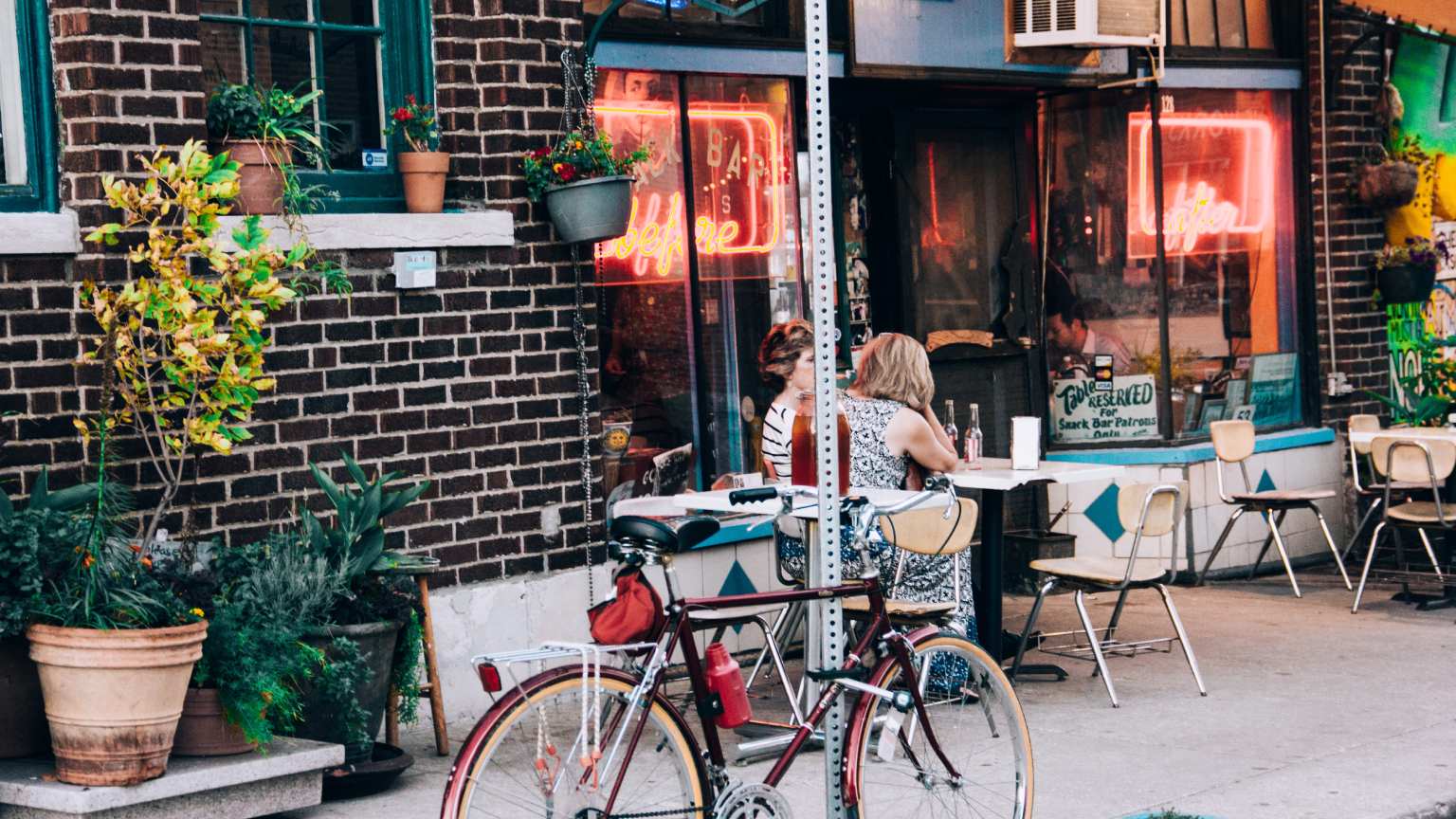Location, location, location: How Covid-19 changed coffee shop geography
From percentage rents to neighbourhood battles, the priorities for choosing a coffee shop location have changed considerably since the outbreak of the pandemic
When Covid-19 broke out in early 2020, coffee shops were among the first businesses to be affected. The majority were forced to close their doors to curb the spread of the virus, while others were restricted to takeaway orders only.
As a result, home coffee consumption soared. According to the National Coffee Data Trends report by the National Coffee Association USA, a record 85% of people were drinking at least one daily cup of coffee at home.
At the same time, sales of espresso machines, French presses, and cold brew makers grew by double-digits in 2021 compared to the same period the year before.
Coffee accessories, such as temperature-controlled mugs and milk frother wands, also experienced double-digit growth, as consumers looked to recreate their favourite drinks from the comfort of their homes.
In response to these new habits, coffee shops have had to adapt the way they cater to customers as the effects of Covid-19 ease.
As well as adding value through experiential design, they have also had to look at ways of offering convenience to boost footfall and return to pre-pandemic levels.
The rise of the neighbourhood coffee shop
The pandemic prompted a number of changes to coffee shops.
Standard hygiene procedures such as routine hand-washing, hand sanitiser stations, and compulsory mask wearing were rolled out to help customers feel safe. Cash transactions were replaced by contactless card payments, and a number of coffee shops introduced takeaway hatches and drive-thru infrastructure.
Some coffee shops even launched their own bespoke apps, where customers could easily select their favourite drinks and request for them to be delivered directly to their doors.
However, without a doubt, one of the most notable developments was the rise of the neighbourhood coffee shop.
Before the pandemic, the most lucrative locations for selling coffee were those along busy commuter routes, such as outside train stations. But with offices closed and the majority of staff told to work from home, footfall at these hotspots plummeted.
Consequently, it was the coffee shops located in residential areas that began to experience climbing sales. These neighbourhood coffee shops offer not only convenience, but also an anchor within the community.
Following a difficult period of lockdowns and social distancing, the community aspect has made the neighbourhood coffee shop more valuable than ever. They have become vital places for socialising, slowing down, and enjoying a good cup of coffee in a “third space”.
While more and more people are returning to offices as Covid restrictions ease, around 70% of businesses have reportedly closed their offices for good. This means that for coffee shop owners, choosing a location in a residential area may still be a key consideration.
The rent factor
For hospitality businesses, one thing Covid-19 shined the light on more than anything else was rent.
According to estimates, the UK hospitality industry alone was hit by £115 billion in lost sales over two years of Covid. However, during this time, most businesses had to continue paying money to landlords if they wanted to remain on the premises.
Many were spared for a time by the Coronavirus Act 2020, which protected against eviction via a process known as forfeiture. This meant some landlords allowed owners to delay rent payments if government measures forced their business to close.
But, for a number of coffee shops, the temporary measures were not enough to rescue them. Popular coffee and sandwich chain Pret A Manger, for example, permanently closed down 30 locations after reporting a 74% drop in sales.
While rent has always been a key part of choosing a location, the speed at which Covid-19 turned the world upside down has made many coffee shop owners reconsider how they negotiate terms.
In particular is lease lengths and the way in which rent is determined. For example, an increasingly popular option is percentage leases in which tenants either pay a percent of gross revenue or a lower base rate than a standard lease, plus a percentage. This is an alternative to fixed monthly or annual rents, which require businesses to make a certain amount to cover their costs.
Landlord flexibility could, therefore, play a deciding role for coffee shops when it comes to choosing locations in the future. Fixed rent terms may be more of a deterrent than the draw of high footfall, as businesses have learned to expect the unexpected.








